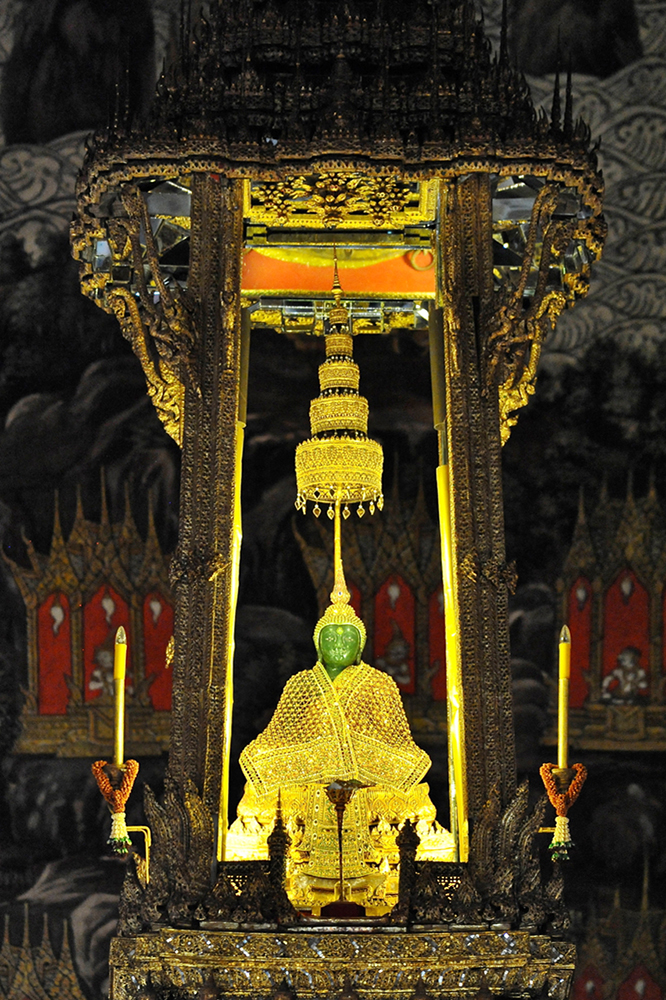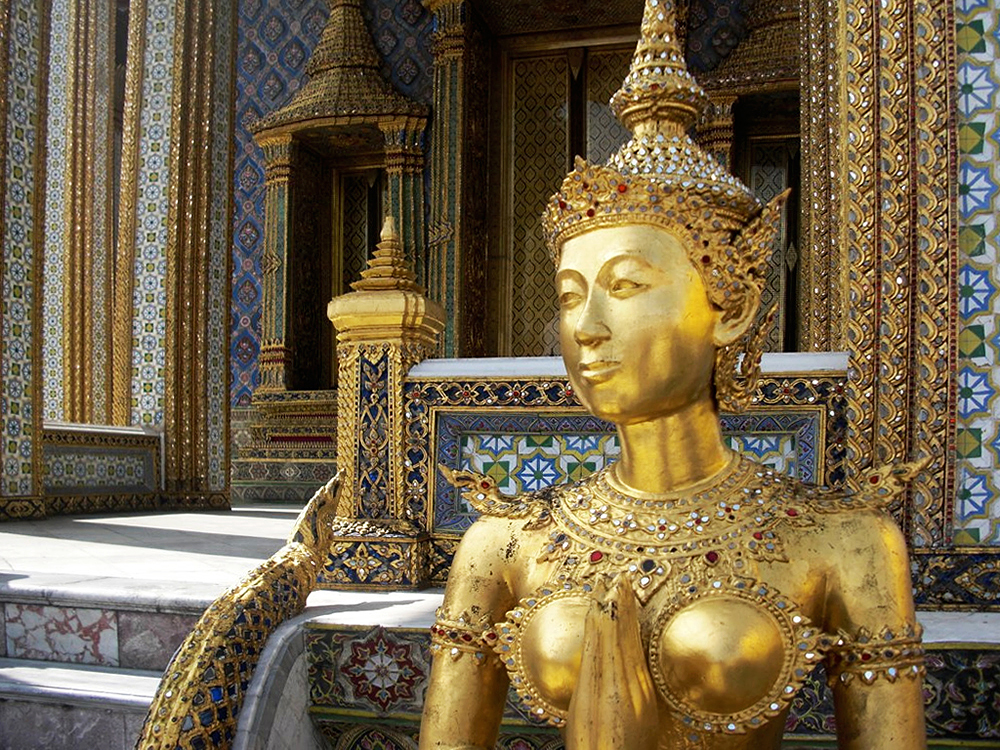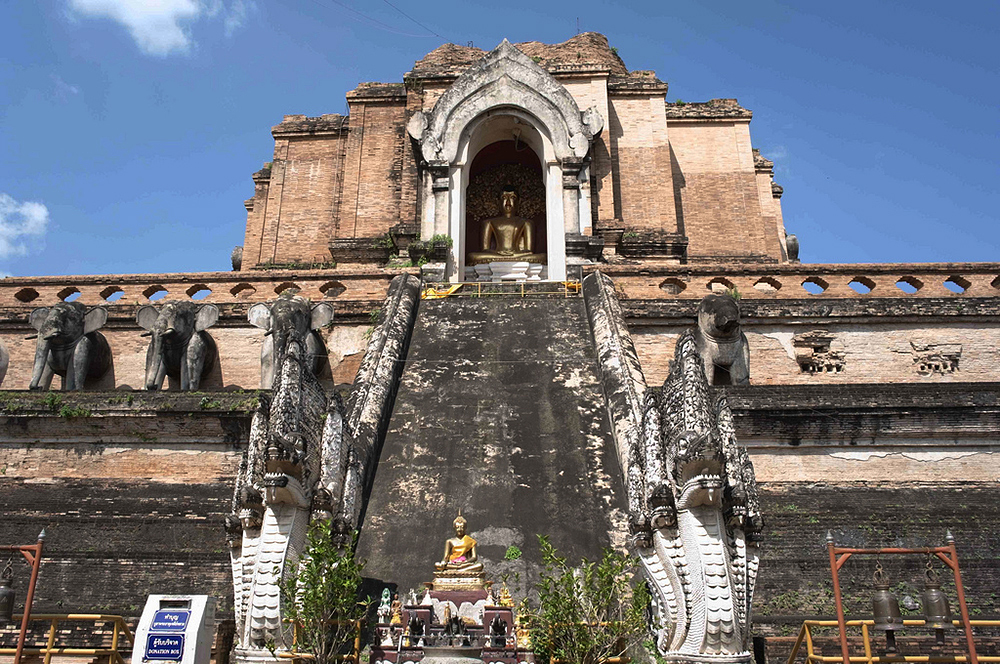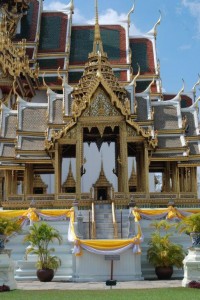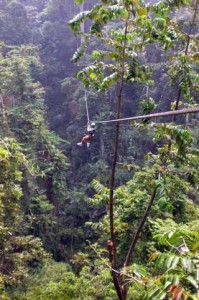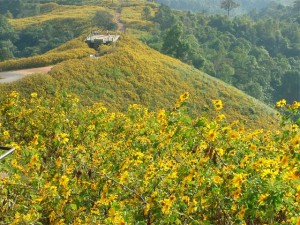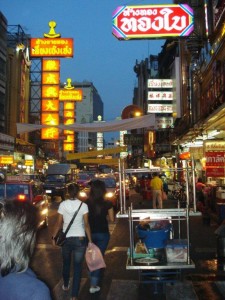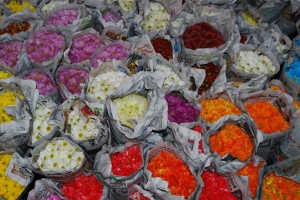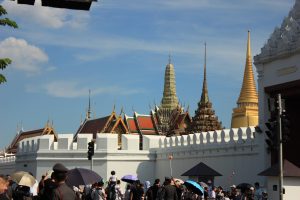
By Courtney Ridgel
Thailand has been mourning the passing of King Bhumibol Adulyadej since last October, and this October (2017), will mark the end of this period of mourning. The king’s body will be cremated and both official and religious ceremonies are expected to mark the occasion. The Thai government has officially announced that the ceremonies will take place October 25th -29th, 2017, with the official cremation date on October 26th.
For travelers heading to Thailand in October, this means that the Grand Palace, Wat Phra Kaew and the surrounding areas will likely be closed off to the public. It is rumored that the Grand Palace may close as early as the 23rd of October in order to make preparations and rehearse for the ceremonies. The day of cremation (October 26th) will be a public holiday, and many business, museums and attractions will be closed out of respect. You can find further details about the expected schedule of the cremation ceremonies in this article from the Bangkok Post, and you can see photos from the last Royal funeral, which included an elaborate procession, in this article from the International Business Times. A procession for the upcoming ceremonies in October is also likely, and so traffic delays can also be expected.
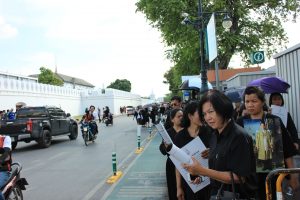
We will continue to monitor the situation and will keep our guests updated on what to expect, and if necessary will adjust itineraries to work around the closures. If you plan to travel to Thailand before the end of October, we recommend reading our blog about what to expect when Visiting the Grand Palace during this period of mourning, as there are certain unusual regulations in place for the year. For example, visitors to the Grand Palace are still expected to dress entirely in ‘mute’ colors – black or dark navy until after the cremation ceremonies in October.
As always, please remember that deep respect should be shown to the King and Royal Family at all times. Showing respect for King is the law (known as the lese majeste laws) and all people within Thailand, including foreigners, are required to abide by this law. Additionally, the Thai people loved their King and deeply mourn his passing.
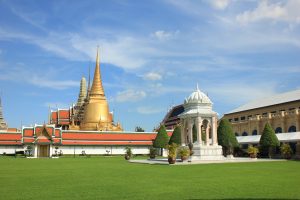
Other Blog Articles Related to this topic:
What to Expect in Thailand Over the Next Month – October 2016
What to expect from Loi Krathong this year – October 2016


